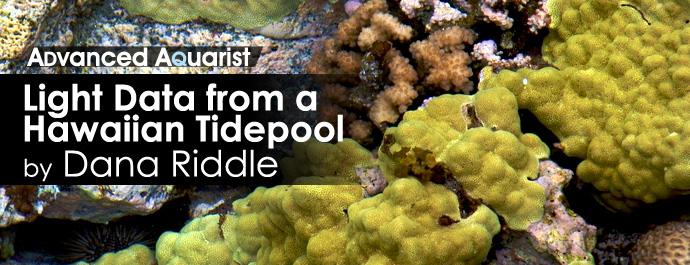Hi guys ,
Ahead of my new popbloom rs90s arriving I’m asking the question now…
How much par per day to increase?
I’m thinking 10 micro moles / par per day for 30 days to reach my target of 380 as I have a maxima currently and plan a forest of acros when it’s up to 300 .
Now, some will say that too much per day but I’d like to know what people do when they buy an acro colony for instance from their lfs with unknown par ?
I read that some put low down and increase height over x amount of weeks but this is guess work most of the time as I don’t see a lot of people paying attention to par because everything’s fine and growing but I’m looking for a more methodical approach to know if somethings not right I can rule out lights , water quality right now is spot on and my current 40x turnover flow will go to 60x next week so again, I can rule that out
For water clarity and something else to play with will be raising my orp from 190 to 350 by means of ozone into my skimmer
A lot of changes I know but I want to be able to keep anything I want without restrictions
Looking forward to your thoughts on this , I know it’s a lot but please chirp in
Ahead of my new popbloom rs90s arriving I’m asking the question now…
How much par per day to increase?
I’m thinking 10 micro moles / par per day for 30 days to reach my target of 380 as I have a maxima currently and plan a forest of acros when it’s up to 300 .
Now, some will say that too much per day but I’d like to know what people do when they buy an acro colony for instance from their lfs with unknown par ?
I read that some put low down and increase height over x amount of weeks but this is guess work most of the time as I don’t see a lot of people paying attention to par because everything’s fine and growing but I’m looking for a more methodical approach to know if somethings not right I can rule out lights , water quality right now is spot on and my current 40x turnover flow will go to 60x next week so again, I can rule that out
For water clarity and something else to play with will be raising my orp from 190 to 350 by means of ozone into my skimmer
A lot of changes I know but I want to be able to keep anything I want without restrictions
Looking forward to your thoughts on this , I know it’s a lot but please chirp in



















